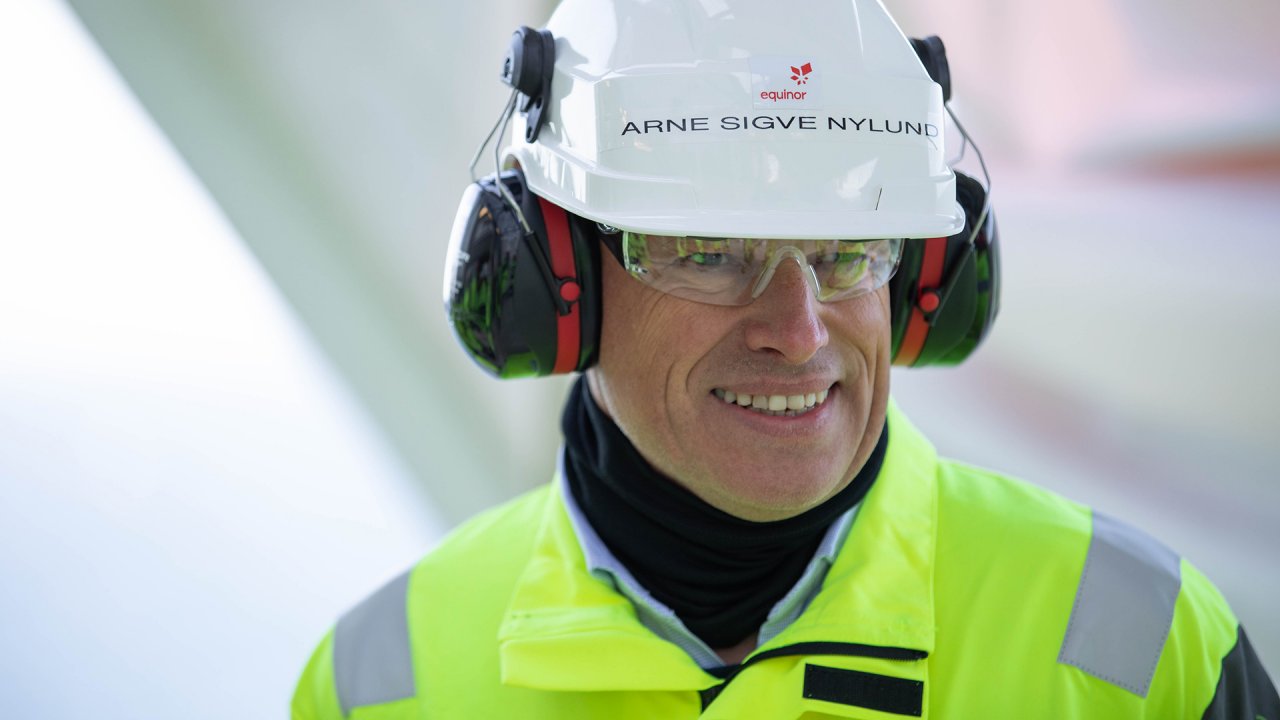Equinor and its partners in the Statfjord area have identified and approved plans to extend production from the field towards 2040. A new business plan will ensure even higher use of resources, extract more value from the field, and allow plans for decommissioning Statfjord A in 2022 to be deferred.
Based on extensive mapping of the underground the remaining potential of the Statfjord area is still considerable.
Equinor and its partners have therefore resolved a new, ambitious business plan for the Statfjord main field and satellite fields. Vår Energi, Spirit Energy Norway, Petoro, Idemitsu Petroleum Norway, and Wintershall Dea Norge are partners in the Statfjord area, Equinor is operator.
Statfjord A was scheduled for decommissioning in 2022, however, the field life will now be extended to 2027. The lives of Statfjord B and C will be extended beyond 2035, continuing to create high value from the field and securing profitable jobs.
Through 40 years of production, Statfjord has generated 1600 billion NOK gross income to the owners and the Norwegian society.
“We have a responsibility to society and our owners for realizing the full value potential from our producing fields on the Norwegian continental shelf (NCS). Statfjord is a world-class oil and gas field that has supplied the world with huge amounts of energy. The field has created high value and been a cornerstone in the development of the entire Norwegian petroleum industry. It is therefore a pleasure to see that we, together with our partners in the area, can extend the production period and continue the value creation,” says Arne Sigve Nylund, Executive Vice President for the Norwegian continental shelf in Equinor.

Arne Sigve Nylund, executive vice president for Development and Production Norway. (Photo: Ole Jørgen Bratland)
The new plan calls for extending Statfjord production by maturing new reserves for recovery and making necessary upgrading of the platforms, strongly increasing field activity.
Around 100 new wells will be drilled towards 2030. The wells will help reach an ambition of maintaining the current production level from Statfjord beyond 2025. This will require considerable investments and upgrading of the three platforms.
While new wells and extended production will increase revenue, Equinor wil continue to improve operations to keep costs at a low level. In order to strengthen the Statfjord field the operations will be reorganized and a new late life unit will be established in Equinor.
The new unit will develop new ways of working for safe and efficient operation with low carbon emissions from late life fields on the NCS. The new unit will be central in securing optimal recovery of resources from Equinor’s oil and gas fields on the NCS.
The new late life unit will also have responsibility for the decommissioning projects for the Veslefrikk and Heimdal installations.
In preparing the new late life unit and a new business plan for Statfjord the management of Equinor has cooperated with all five trade unions in the company: Industri Energi, SAFE, NITO, Tekna and Lederne.
“I am speaking on behalf of all the trade unions in Equinor when I say that we are pleased about Statfjord operations being extended for many years, leading to higher employment and more value creation – it is truly an adventure,” says Bjørn Asle Teige, employee representative and leader of SAFE in Equinor.

Bjørn Asle Teige (left), employee representative and leader of SAFE in Equinor, and Per Martin Labråthen, employee representative and leader of Industri Energi in Equinor. (Photo: Gisle Ledel Johannessen)
“We have had both good and demanding discussions on this project, especially on the operational reorganization. Our requirement is that safety is given top priority,” continues Teige.
“Jobs on the NCS are highly profitable and important to Norway, so this is a good decision for us,” says Per Martin Labråthen, employee representative and leader of Industri Energi in Equinor.
“It is good social economics to utilize the NCS infrastructure we have invested in, to make optimal use of the Norwegian community’s resources. This is something our people on the NCS focus on every single day. However, we must meet the climate challenge and work even harder to reduce emissions from our production. This will be more important for the petroleum industry going forward,” continues Labråthen.
The new Statfjord effort includes a plan for keeping CO2 emissions as low as possible through the late life period, to ensure that Statfjord is operating well within the limit of Equinor’s new NCS climate ambition.
During the next five years, CO2 emissions per produced barrel from the field will be halved due to higher production, compared to ending the production earlier. Several operational measures for increased energy efficiency have been identified to maintain a constant level of energy consumption, in a period with increasing activity level.
Towards 2030, Equinor will realise energy efficiency measures and consolidate infrastructure to reduce absolute emissions from Statfjord by more than 40 percent. This means that climate emissions from Statfjord is aligned with Equinors new climate ambition for the NCS, to reduce absolute emissions in Norway by 40 percent within 2030, 70 percent by 2040 and close to zero by 2050.
Source : Link